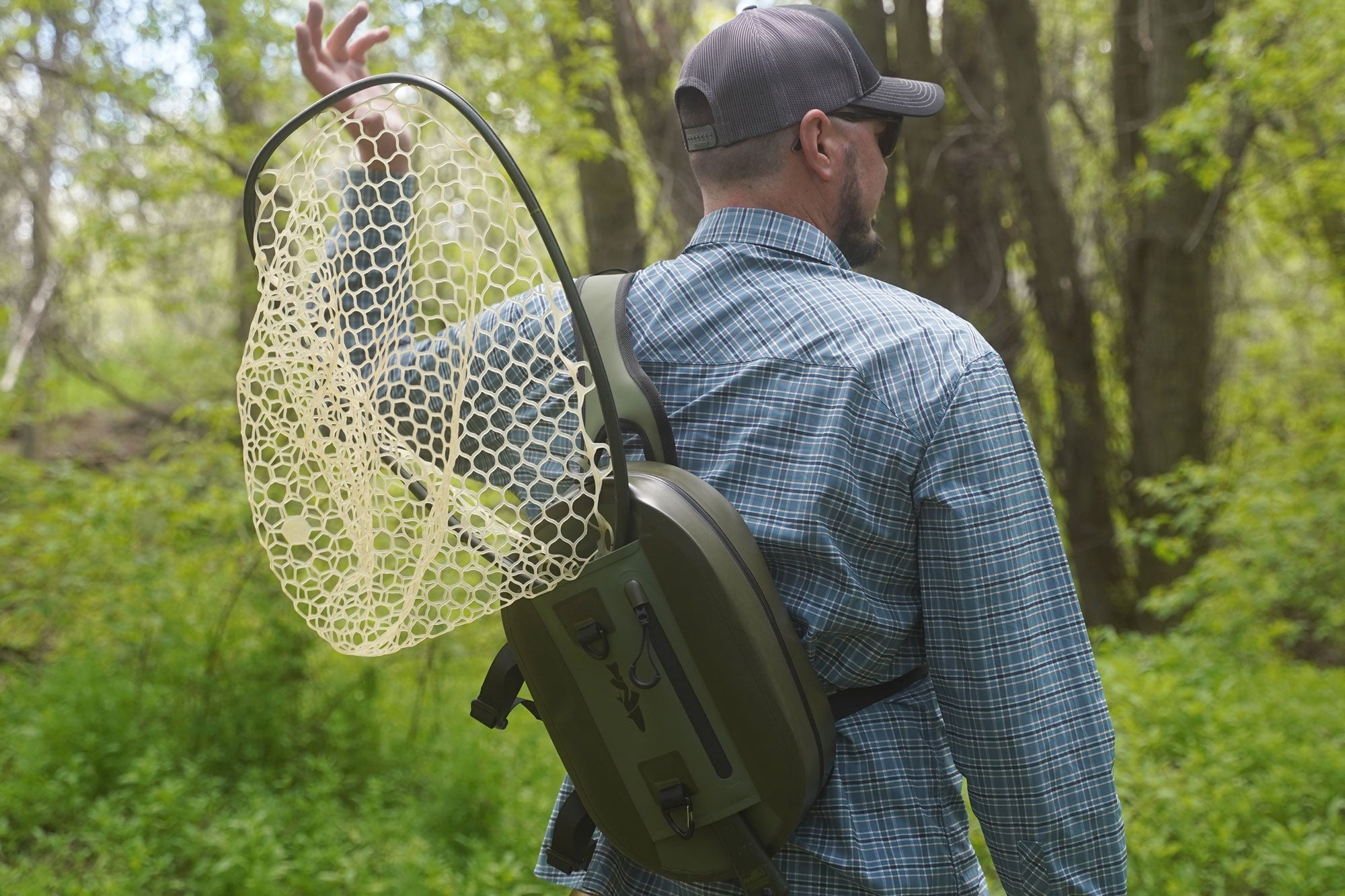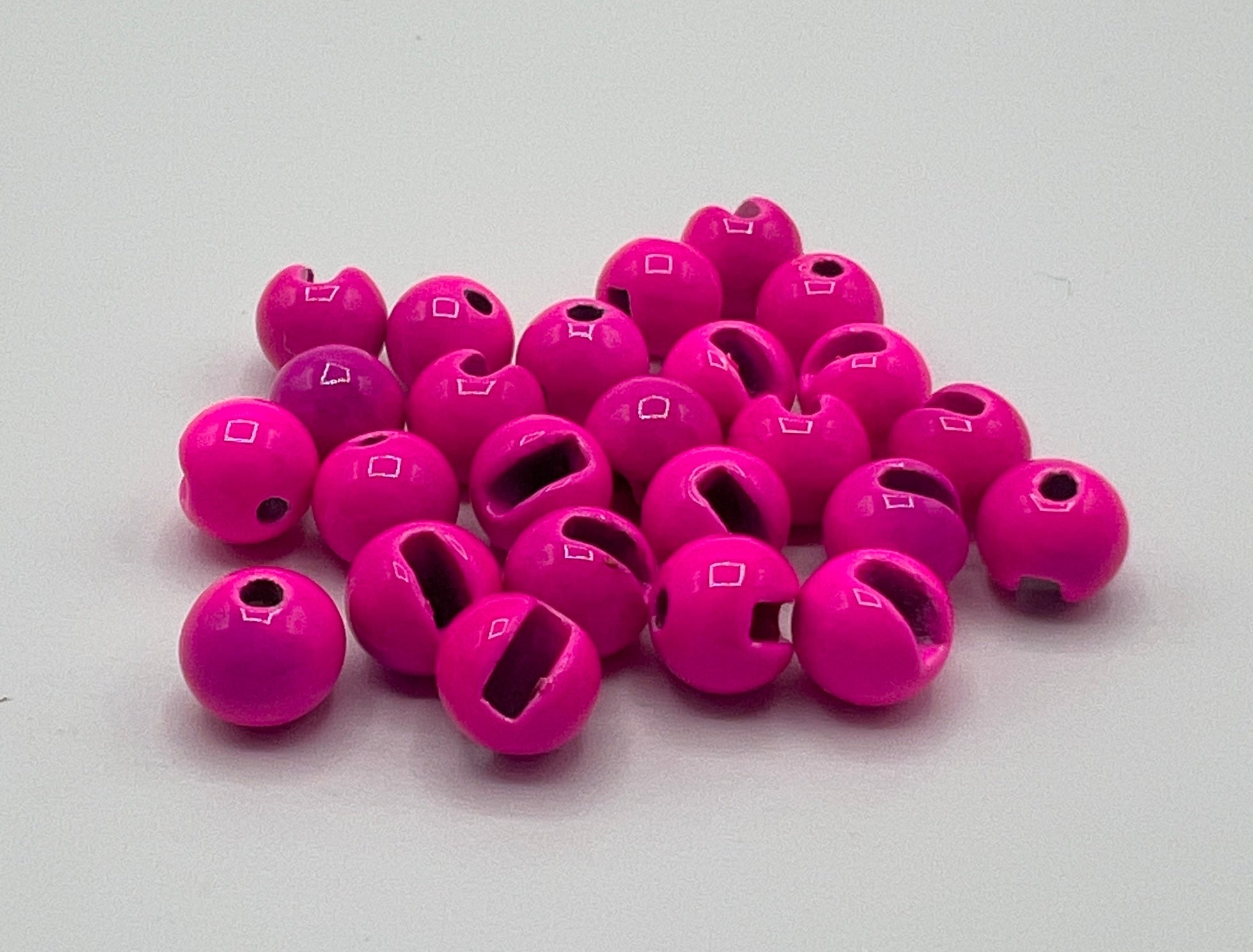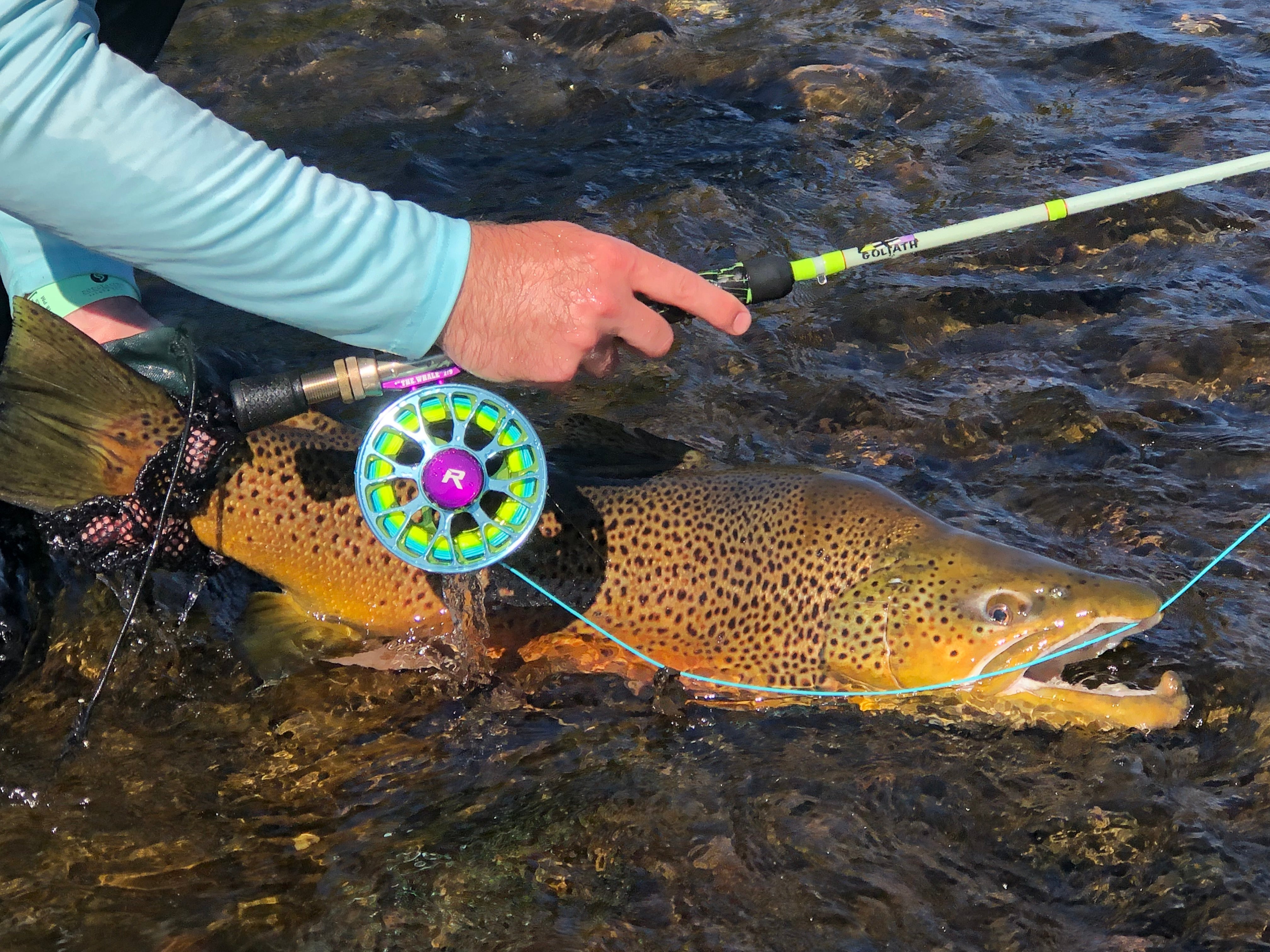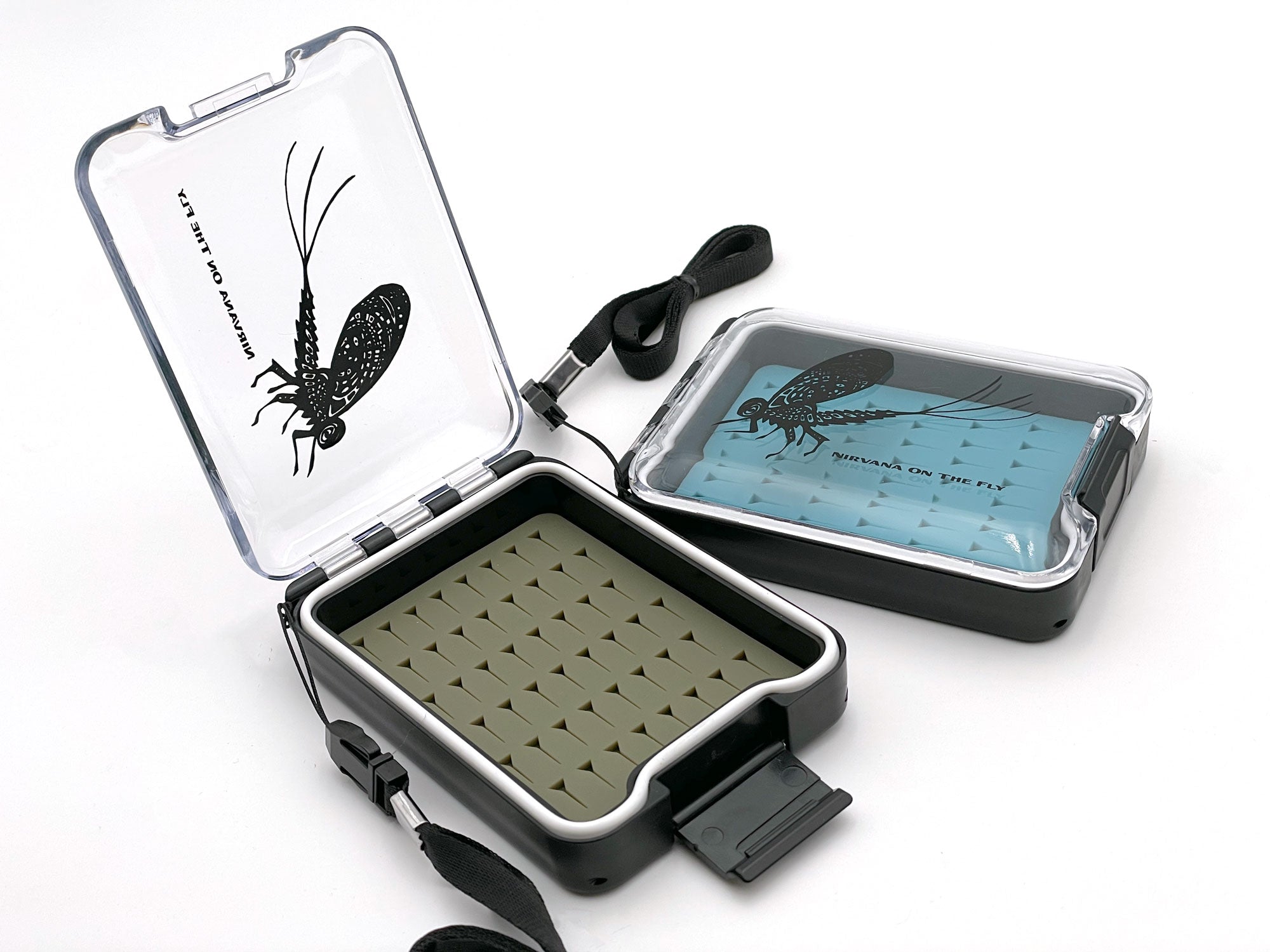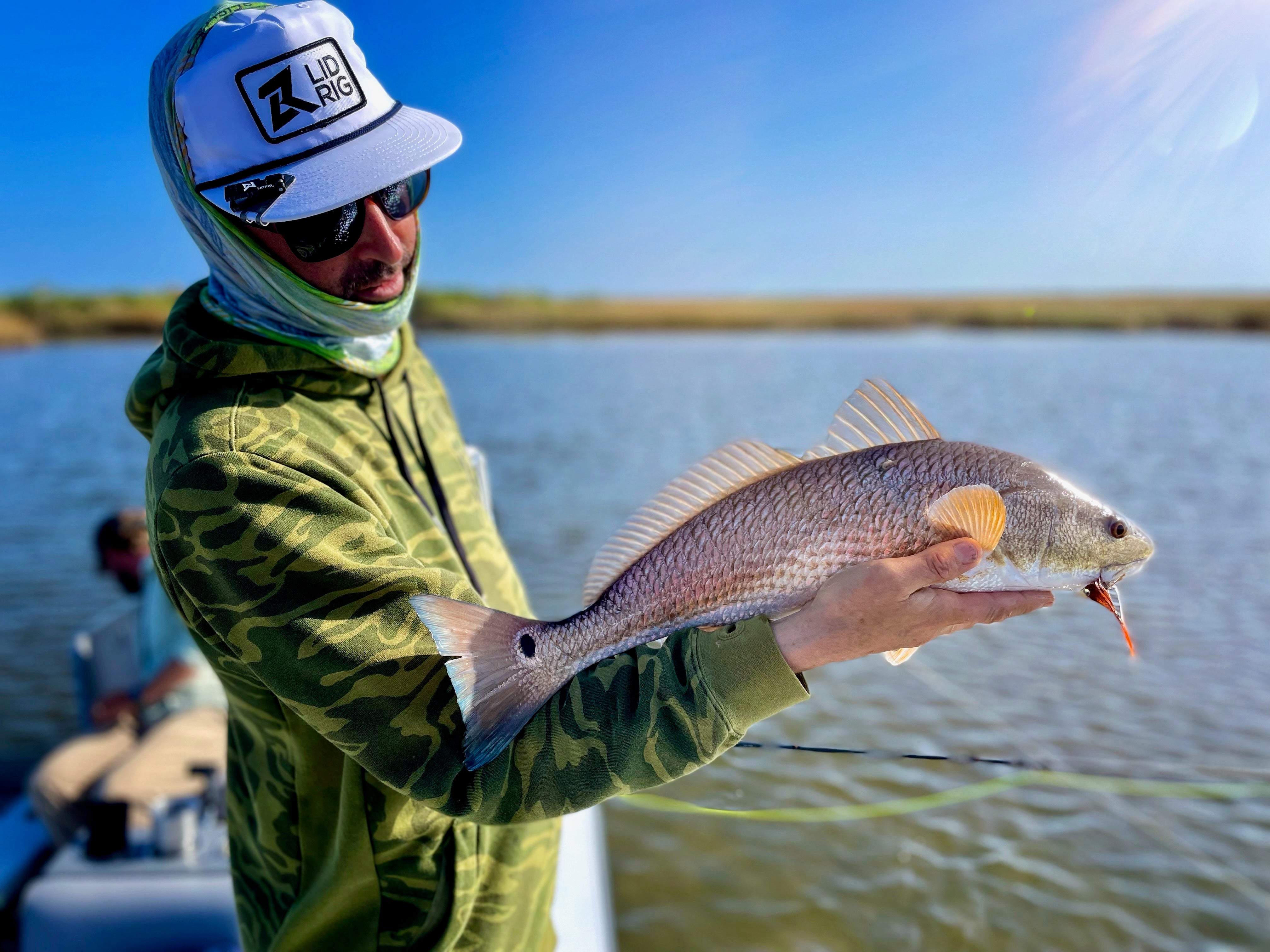Grab your gear and let's talk about something super important yet often tricky in fly fishing – the art of hook setting. It's like the dismount in a balance beam competition where you've got everything else grooving just right then one last move of greatness. We've all had those moments where setting the hook turns into an accidental tree decoration session, but hey, it's all part of the adventure.
Keep Hook Setting Low and Easy
So, how do we avoid giving those trees more ornaments? It's all about that chill angle of your hookset. You might have seen or even tried the big, dramatic upward swing. It's time to switch it up. Think low and downstream – kind of like a relaxed nod. Here’s why this mellow move works:
- Keeps Your Flies in the Water: A gentle, low sweep means fewer chances of your flies doing a high dive out of the water.
-
Hooks the Fish, Not the Air: Since trout face upstream, a downstream set is like saying, "Hey, I’m right here," making it easier to get that hook just where you want it.
However, if it were that easy we would all hook up on trout sets. Instead different rigs have different circumstances. When we start to understand the results of our actions for the various systems, circumstances, or whatever then we improve our results. Like any other method there is rarely only one true way to succeed.
Tailored Hook Setting Tactics for Different Rigs
Nymphs and Hopper-Dropper Rigs: Here’s a chill mantra for you – “hooksets are free.” If your indicator gives you even a slightly suspicious look, go ahead and set that hook. Quick but smooth is the way – like you’re in no rush but you know what you’re doing.
Dry Flies: There’s something magical about a dry fly eat, right? For those quick, splashy takes, a swift, laid-back hookset does the trick. But if it’s a slow sipper, play it cool and give the fish a moment to fully commit before you gently but firmly set that hook.
TIP: When nymph and dry fly fishing I am always cognizant of how much slack I have between my rod tip and the flies. The goal is to allow for enough slack to not disturb your drft quality but not so much that you won’t be able to set a hook with contact and tension to the flies. Often I combate this with incorporating a haul into my hookset. Practice this in the yard or wherever by keeping your rod tip below shoulder height while you have line out in a similar fashion as you would for a drift. When you are in position practice with just a haul to see how much slack you are pulling in. Once you understand just how much that is you start understanding the effects of the haul and just how much it will
Streamers: Streamer fishing? Totally different vibe. Keep that rod tip down low, close to the water. Feel that tug? This approach is perfect for those beefier hooks streamers have. A secret is to be set before you feel the strike. You have to have your rod tip down and literally in the water and you want your arms fully extended so you have additional room to hookset.
We covered the basics above on setting down stream and how to do it. I want to cover that again but in a bit more detail. I also want to walk you through a few other methods. I’ll do my best to add information on why and where they can or can’t be effective.
Setting Downstream: The Preferred Method
Setting the hook downstream is often touted as the best technique in fly fishing for several compelling reasons:
TIP: Where the downward hook set commonly results in failure is in the instance of down stream follows. This is common in dry fly fishing. Let’s use the example of top water happy fish like cutthroat. I see them turn on a fly and follow it down stream for the take. If you set downstream in this scenario can be detrimental and pull flies away and often out of the fishes mouth.
Setting Upstream: The Challenge
While not as commonly recommended, setting the hook upstream has its moments, particularly in specific fishing scenarios:
Setting Straight Up: The Traditional Approach
The straight-up hookset is what many envision when they think of fishing in general. It's a classic move but comes with its own set of challenges in fly fishing:
In Conclusion: Adapt and Succeed
The direction of your hookset in fly fishing is not just a matter of personal preference. Instead it's a strategic decision that can greatly impact your success rate. Downstream sets are generally more effective and align with the natural behavior of trout. However, the conditions on the water can vary, and sometimes an upstream or straight-up set may be more appropriate. The key is to observe, adapt, and choose the hookset direction that best suits the situation at hand. With practice and experience, you'll find that mastering these nuances can turn a day of fly fishing into an artful balancing act with nature.
So, there you have it. Keep your trout sets low and downstream. Get into the rhythm of setting the hook more when nymphing. React quickly but smoothly to those dry fly strikes, and embrace the chill of the strip set for streamers. Remember, it's all about enjoying the moment. Stay relaxed, stay cool, and here’s to many awesome days on the water!
Want to learn how to get the right drift so you have more chances to practice that hook set? Then you need to read The Perfect Drift for Dry Fly Fishing
***Do you want to get deals on equipment, fly fishing trips, and lots of information? Become a member of the Loyalty Club on the Fly Fishing Insider Podcast.

By Christian Bacasa
Host of the Fly Fishing Insider Podcast
Fly Fishing Insider Podcast Official Website
Instagram Fly Fishing Insider Podcast
Instagram Dupeafish
Facebook
Pinterest
Twitter
LinkedIn
Tumblr


